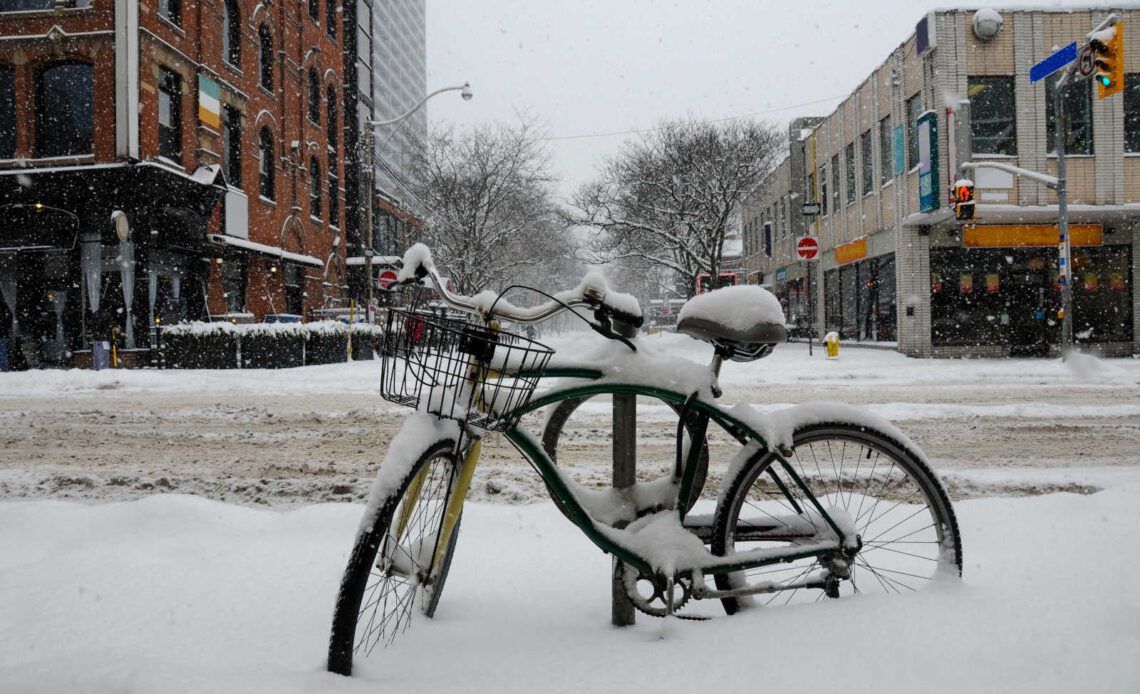It’s getting cold, and it’s just going to get colder. Many people are dusting off their trainers, but coach Peter Glassford of Consummate Athlete advises that outdoor winter riding is absolute worth doing. He does say there are caveats, as everyone will have their own risk tolerance. For some, the risks of crashing, illness, or injury when it’s cold or wet mean that indoor options are preferable.
“If you’re short on time, like during the workweek, the time it takes to dress, prep your bike, and clean up afterward might make indoor training more efficient,” Glassford says. “On the weekends, however, it’s a great idea to get outside and take advantage of the weather.”
For cyclists who prefer to mix things up in the winter, cross-training can be a refreshing alternative. “You’re not doing it wrong if you don’t ride outside,” Glassford notes, adding that running, skiing, or other endurance exercises can be fantastic options to stay in shape without being glued to the trainer all winter. “You don’t need to force cycling on yourself, and cross-training provides variety,” he explains.
The value of indoor riding
Indoor training can be a highly effective way to build strength and cardio capacity over the winter. While riding inside lacks some of the balance and technical aspects of outdoor cycling, it’s perfect for structured workouts focused on consistent effort and duration.Gym work also complements indoor training, building strength that is crucial for spring rides. By combining gym sessions with indoor trainer workouts, riders can work on core and leg strength—both essential for riding outdoors.
Dressing right for outdoor rides
For those venturing outside, Glassford has practical tips to make winter riding comfortable. Proper clothing is crucial, and he suggests starting with a winter jacket that’s warm enough, even if it’s heavy at first, even something like a hunting jacket. “Start with the warmest option and scale back from there,” Glassford advises. Layering is key, and using a wind jacket over a winter layer can lock in heat and shield from windchill.
6 absolutely bonkers trainer workouts that you should definitely (not) try
Gloves are essential, and Glassford recommends carrying a couple of pairs with different levels of insulation. “Go big if you need to,” he suggests, adding that snowmobile or heavy-duty gloves work best on frigid days. For face protection, ski goggles with a nose piece offer…
Click Here to Read the Full Original Article at Canadian Cycling Magazine…

